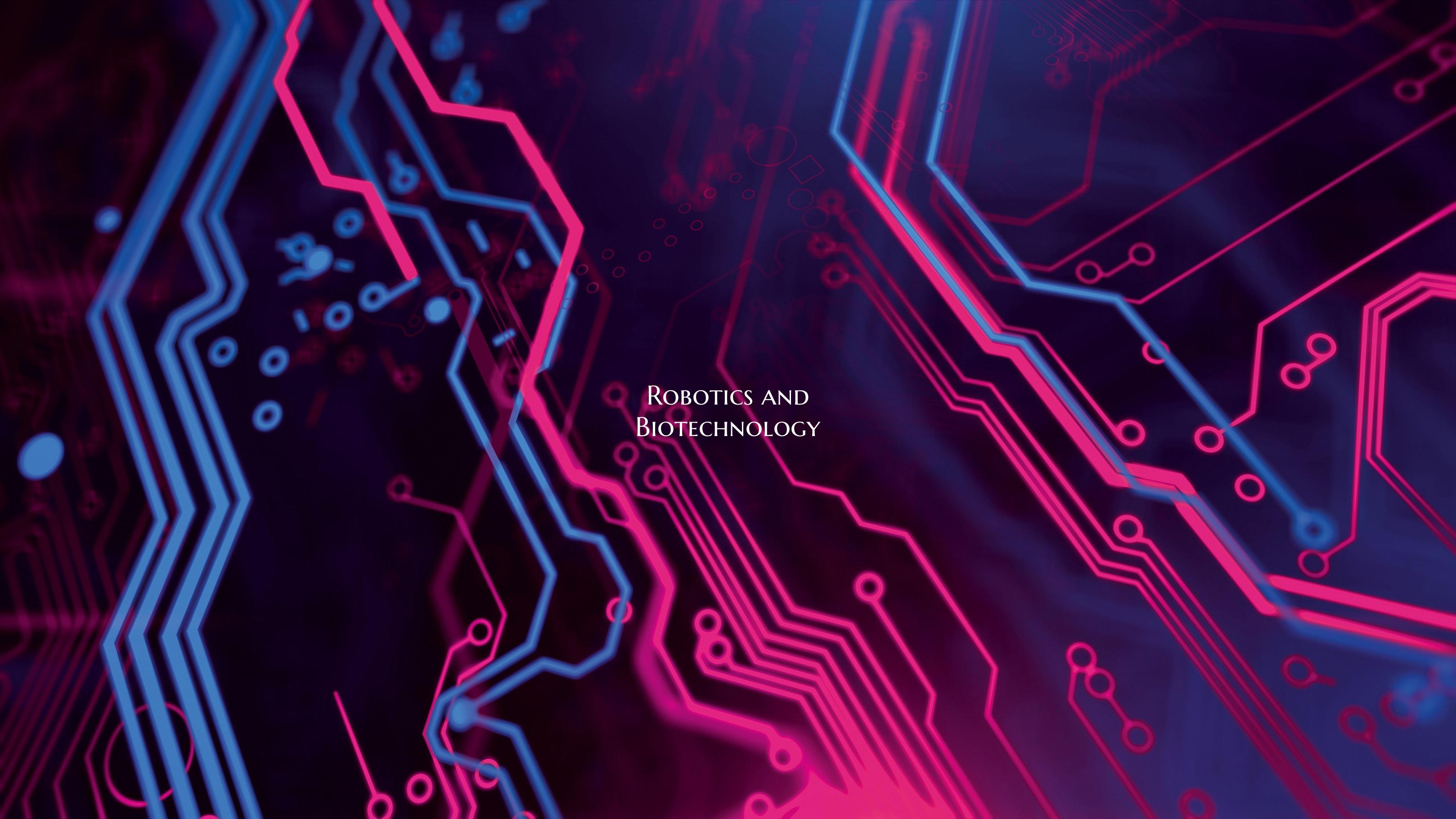Robotics and Biotechnology
In recent years, the integration of robotics and biotechnology has generated groundbreaking advancements that hold immense promise for the future of healthcare, research, and various industries. These two innovative fields, seemingly worlds apart, are rapidly converging to create synergies that push the boundaries of what technology can achieve.
One of the most compelling applications of robotics in biotechnology is in the field of medical surgery. Robotic surgical systems such as the da Vinci Surgical System have revolutionized the way complex procedures are performed. These systems offer higher precision, dexterity, and control to surgeons, resulting in minimally invasive surgeries, reduced recovery times, and improved patient outcomes.
Moreover, robotics plays a crucial role in the field of biopharmaceuticals and drug discovery. Automated robotic systems are being used in high-throughput screening processes to accelerate the identification of potential drug candidates and streamline the drug development pipeline. By automating repetitive tasks, robotics not only speeds up the research process but also enhances accuracy and consistency in experimentation.
In biotechnology, robotics is also driving innovation in the realm of laboratory automation. Robots equipped with advanced sensors and machine learning algorithms can perform a wide range of lab tasks, from sample handling to data analysis, with high efficiency and precision. This automation not only increases the speed of experiments but also reduces human error, leading to more reliable results.
On the other hand, biotechnology is also influencing the development of robotics. Bio-inspired robotics, also known as biobotics, draws inspiration from biological systems to design robots that mimic the structure and functions of living organisms. By integrating biological principles into robotic design, researchers aim to create robots that are more adaptable, agile, and energy-efficient. For instance, researchers are studying the locomotion of animals like cheetahs and insects to improve the movement capabilities of robotic systems.
The convergence of robotics and biotechnology has the potential to address some of the most pressing challenges in healthcare, agriculture, and environmental sustainability. By combining the precision and automation of robotics with the biological insights of biotechnology, researchers are unlocking new possibilities for innovation and creativity.
As this interdisciplinary field continues to evolve, it is clear that the collaboration between robotics and biotechnology will play a pivotal role in shaping the future of technology and its impact on society. By harnessing the strengths of both fields, we are poised to revolutionize industries, enhance human capabilities, and create a more efficient and sustainable world.

